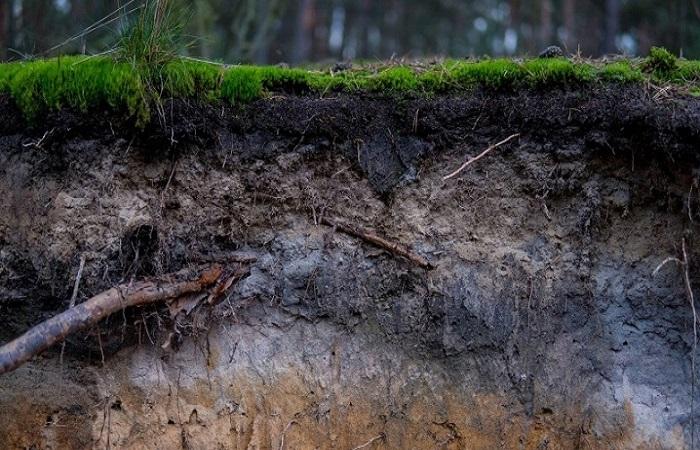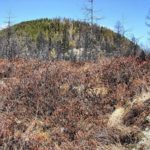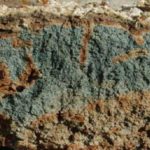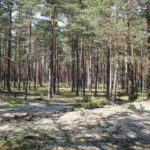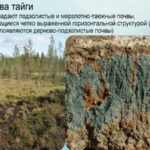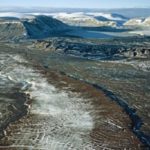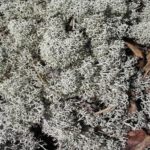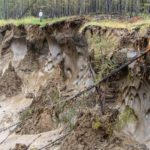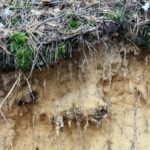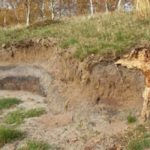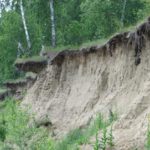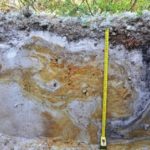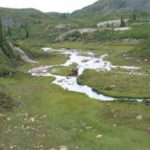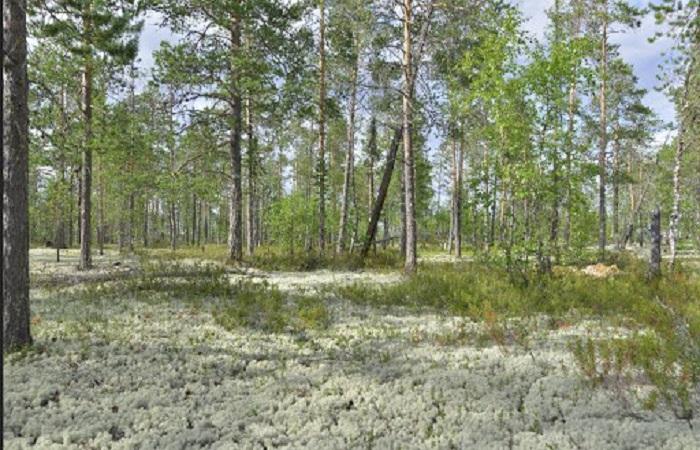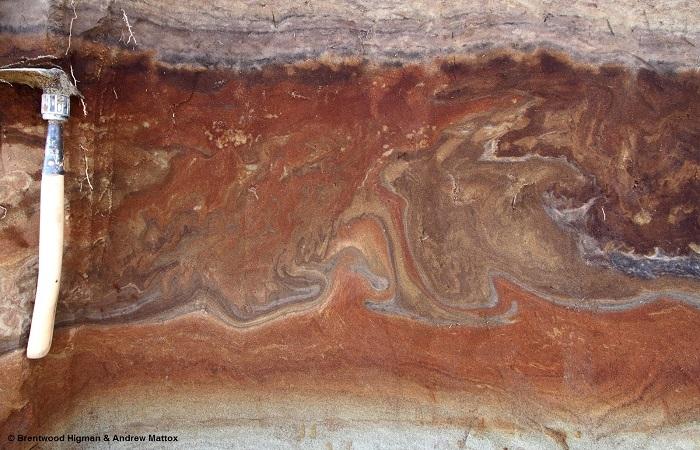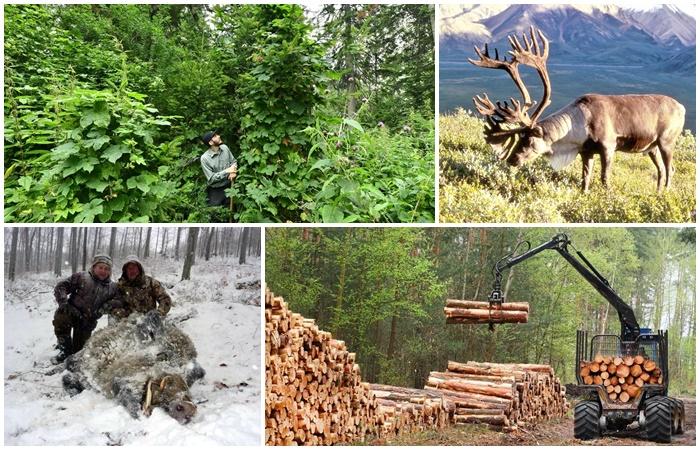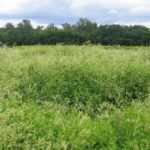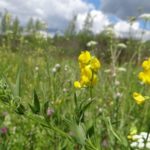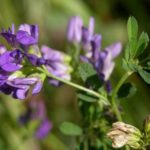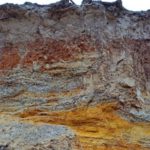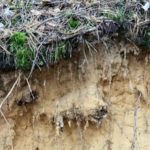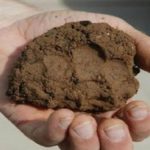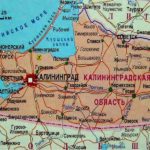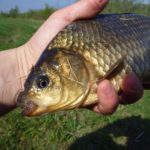The formation of permafrost-taiga soils occurs in regions where permafrost is observed. The soil profile contains frozen horizons, which prevents it from being washed out by water. Therefore, the removal of organic matter and mineral elements is difficult. A distinctive feature of such soil is considered to be low fertility. Therefore, it is almost never used for agricultural purposes.
Characteristic
The mineralogical structure of this type of soil has been poorly studied today.Under the influence of constant winds and frosts, a low content of highly dispersed minerals is observed. Their structure is largely influenced by soil-forming rocks.
A feature of such soils is high acidity. Moreover, as it deepens, its severity decreases. Division based on gross chemical structure is considered weak. But throughout the entire soil profile there is a noticeable accumulation of iron oxides, which are quite mobile. This is strongly expressed in the upper part of the horizon. The content of this element in such layers reaches 20-25%.
Its accumulation is carried out in accordance with a certain pattern. Thus, with constant weathering, free iron is formed in the soil structure. In the autumn-winter period, it rushes upward with streams of water and, under the influence of freezing, is fixed in the upper layers.
Lower temperature parameters in the upper soil structures are associated with climate characteristics. It is characterized by low snow cover thickness and low air temperature. In summer, the moisture flow is eliminated downward, which leads to low soil evaporation.
In this case, dissolved organic substances move down with water, but with the arrival of autumn they rise upward again. When the ascending and descending currents coincide, the process of soil formation of permafrost-taiga soils with significant ferrugination parameters occurs.
If downward flows predominate, podzolization of the soil begins. In this case, iron and alkalis are washed out, which provokes a decrease in fertility parameters. When plowing, the water-chemical properties of the soil deteriorate. The formation of this type of land mainly occurs under deciduous taiga. Their main features are shown in the table:
| Criterion | Meaning |
| Profile | Homogeneous in gross composition |
| Reaction | Slightly acidic, sometimes slightly alkaline |
| Humus content in percent | 3-5 |
| Humidity coefficient | > 1 |
What continents are they located on?
The geographical location of the taiga permafrost zones is in the northern parts of the Transbaikal region. These types of soil are found in the Chukotka Autonomous Region, in Yakutia. There are such lands in the Kolyma region. They are also localized in the forest zone of Alaska.
Typical zones of such soils are located in the Canadian Shield. Such lands are also found on the Labrador Peninsula. In Asia, the lower boundary of such lands corresponds to 50 degrees north latitude. In North America and Alaska they are localized at 60 degrees.
In Eurasia, such soil occupies approximately 4% of the territory, which corresponds to 2230 thousand square kilometers. In North America, such lands account for 2.4% of the territory. This corresponds to 590 thousand square kilometers.
In the climatic zones of Russia, gley-taiga soils occupy 200 million hectares. In Eurasia, this type of soil is localized in zones of discontinuous and continuous permafrost. In North America, it is found in insular permafrost zones with low temperatures.
Formation conditions
These soils are formed in permafrost regions. These zones experience negative temperatures most of the year – for 7-8 months. In summer, the upper soil structures thaw, but with the arrival of winter they freeze again.
The formation of permafrost-taiga soils is associated precisely with harsh climatic conditions. Frosts throughout the growing season make it difficult for plants to absorb valuable elements, causing a slowdown in their growth and development. The process of decomposition of plant residues is also disrupted. This disrupts the normal biological cycle of substances and leads to the formation of forest litter.
Permafrost, which persists for hundreds of years, affects both thermal and water regimes. It affects the course of physical and chemical processes in the soil and the formation of microrelief. In zones where permafrost is presented in the form of a dense ice crust, excessive moisture of soil horizons is observed. Their gleying also occurs. As a result of these processes, humic elements accumulate in subpermafrost zones.
Permafrost-taiga soil types occupy impressive natural areas. They are often located in hard-to-reach places. Within their boundaries, moisture levels and rock characteristics, which affect soil formation, vary greatly.
Permafrost-taiga soils are a large category of soil, dividing it into subtypes is very problematic. This is due to the small number of studies conducted.
Morphological structure of the profile
Such soils are characterized by a relatively simple profile structure. It is poorly differentiated along horizons. Characteristic features of this type of soil are pronounced gleyization and peaty.
As a rule, a brownish-ocher or red-rusty horizon is formed under a layer of peaty litter. It can be sandy loam or loamy. This element is characterized by a crushed stone structure.
The C horizon is not always visible.The thickness parameters of the fine earth layer are 80-90 centimeters, and seasonal thawing of the soil reaches 80-120 centimeters. The entire profile is characterized by an acidic reaction.
Basic soil-forming processes
The key processes of soil formation include the following:
- litter formation;
- cryoturbation;
- cryogenic structuring;
- rough humus-accumulative process;
- gleying.
Economic use
Most of these soil types are not suitable for agricultural practice. However, some zones can be used for growing plants. This is done after reclamation, which ensures deeper thawing in summer.
In addition, many valuable deciduous forests grow in these regions. They are raw materials for the woodworking industry and construction.
Improvement
The cold climate and close proximity to icy permafrost make the soil unsuitable for agricultural use. An exception is the meadow-chernozemic permafrost soils of Central Yakutia.
When used correctly, high yields of forage plants can be achieved in this region. To improve the soil structure, the introduction of mineral and organic fertilizers and full irrigation are required.
Vegetation
Permafrost-taiga soils are not as fertile as podzolic or chernozem soils. These zones are dominated by a phytocenosis consisting of heather, blue lingonberries and other types of shrubs.Also found here are plants such as low-growing varieties of birch and alder. In addition, dwarf willows and dwarf pines grow in such places.
Permafrost-taiga soil types are characterized by low fertility, which is why they are rarely used in agriculture. At the same time, certain measures to improve soils make it possible in some regions to use them for growing certain crops.

